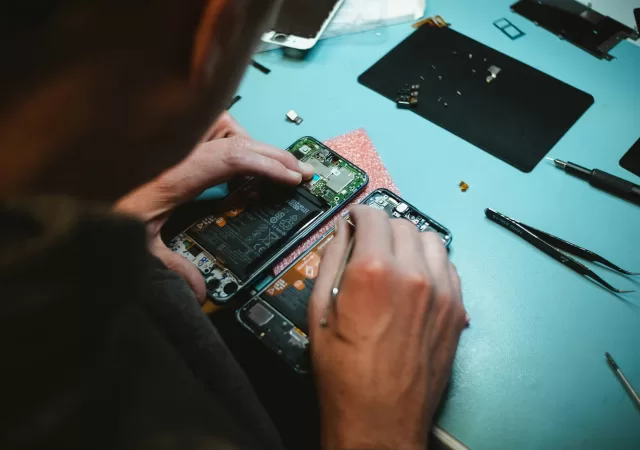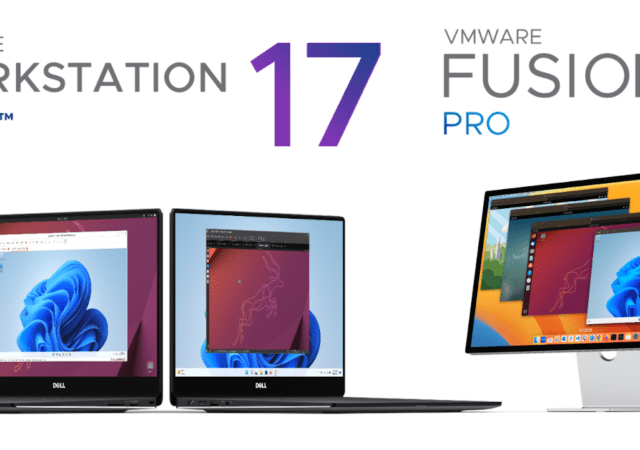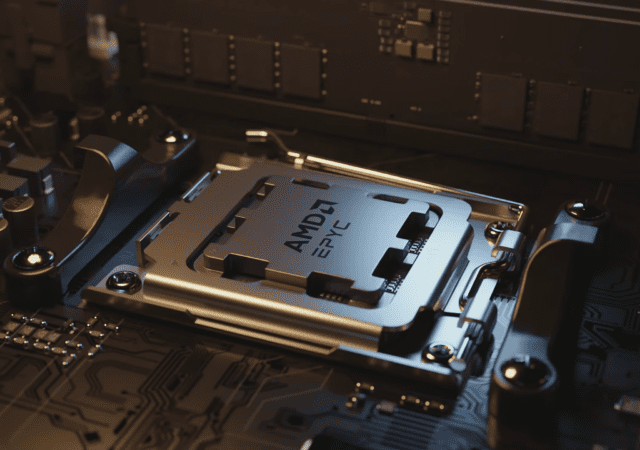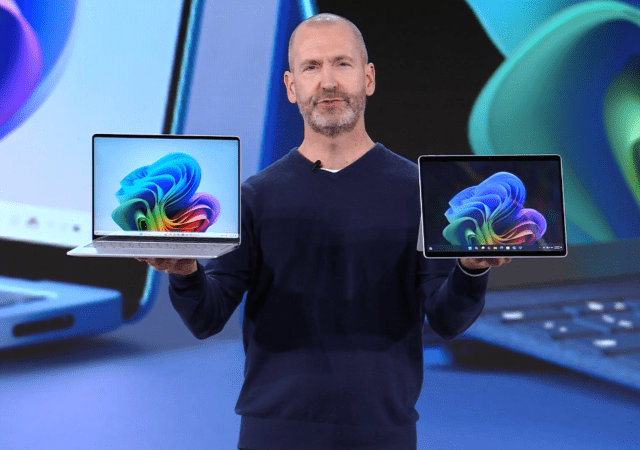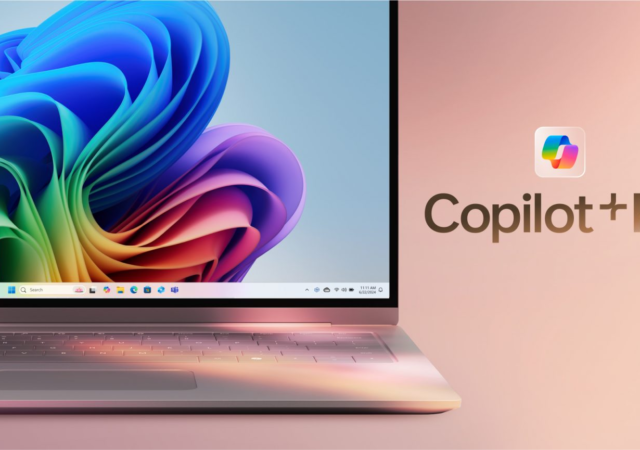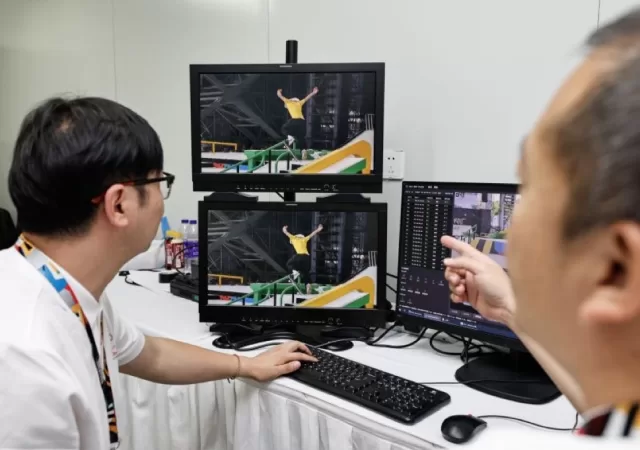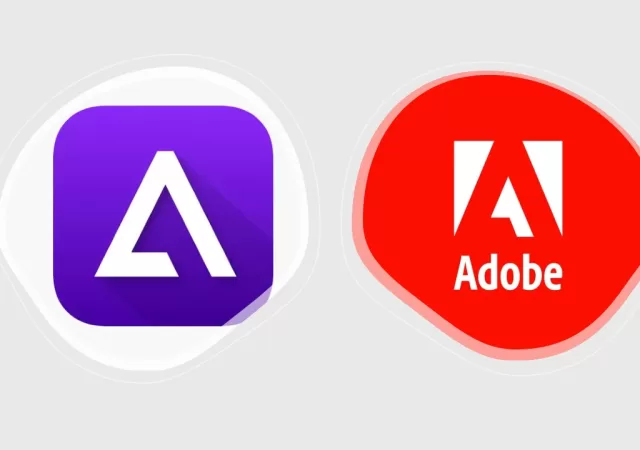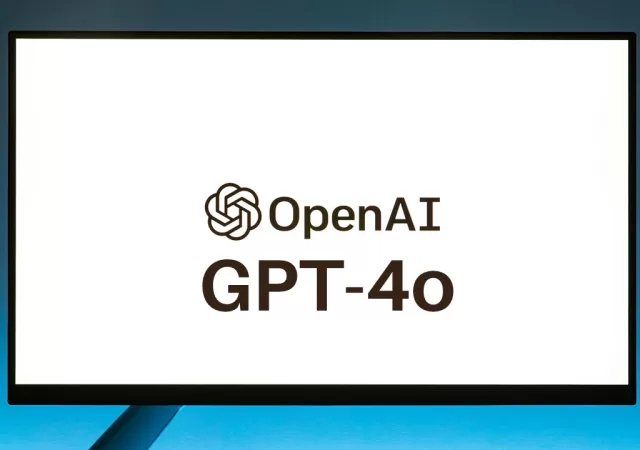Samsung is coming under fire after a contract leaked requiring third party repair technicians to report users with aftermarket parts in their smartphones. This has also resulted in the termination of its partnership with iFixit.
VMware Extends Olive Branch to Personal Users with Free Workstation Pro & Fusion Pro Apps
After much backlash following the discontinuation of many free offerings from VMWare, the company is now offering Fusion Pro and Workstation Pro for free.
AMD Another EPYC with a Focus on Power & Efficiency for Everyday Servers
AMD announces new Zen 4-based EPYC processors for servers. The new EPYC 4004 series strikes a unique balance between affordability and performance.
Microsoft Leads the CoPilot+ PC Charge with the new Generation of Surface Laptop and Surface Pro
Microsoft announces the new Surface Pro and Surface Laptop line up spearheading the CoPilot+ PC wave.
Microsoft Introduces Copilot+ PCs Signaling a Significant Change in Personal Computing for Windows PCs
Microsoft is changing the playbook when it comes to AI PCs with its new Copilot+ PCs. These PCs are built from the ground up to leverage new architecture and AI.
Alibaba Cloud Brings AI to the Olympic Viewing Experience
Alibaba Cloud is empowering a whole new viewing experience with AI imbued technology at the Paris Olympics 2024.
Delta Emulator Forced to Change Logo As Adobe Goes on Offensive
Delta Emulator forced to change it logo after listing in Apple App Store as Adobe threatens Legal action.
OpenAI Unveils GPT-4o: A Sassier, More Robust Version of GPT-4
Open AI announces GPT-4 omni (GPT-4o), a more advanced model of GPT-4 capable of more than just text generation.
US Revokes Chip Sales Licenses for Huawei Escalating Tech Tensions
US revokes licenses allowing access Huawei access to chips required in its product line up.
Senheng App Supercharges Savings & Benefits with S-Coin, Becoming a One-Stop Shopping Destination
The Senheng app grows beyond just bridging the retail outlets and customers into a viable homegrown alternative to Shopee and Lazada.



